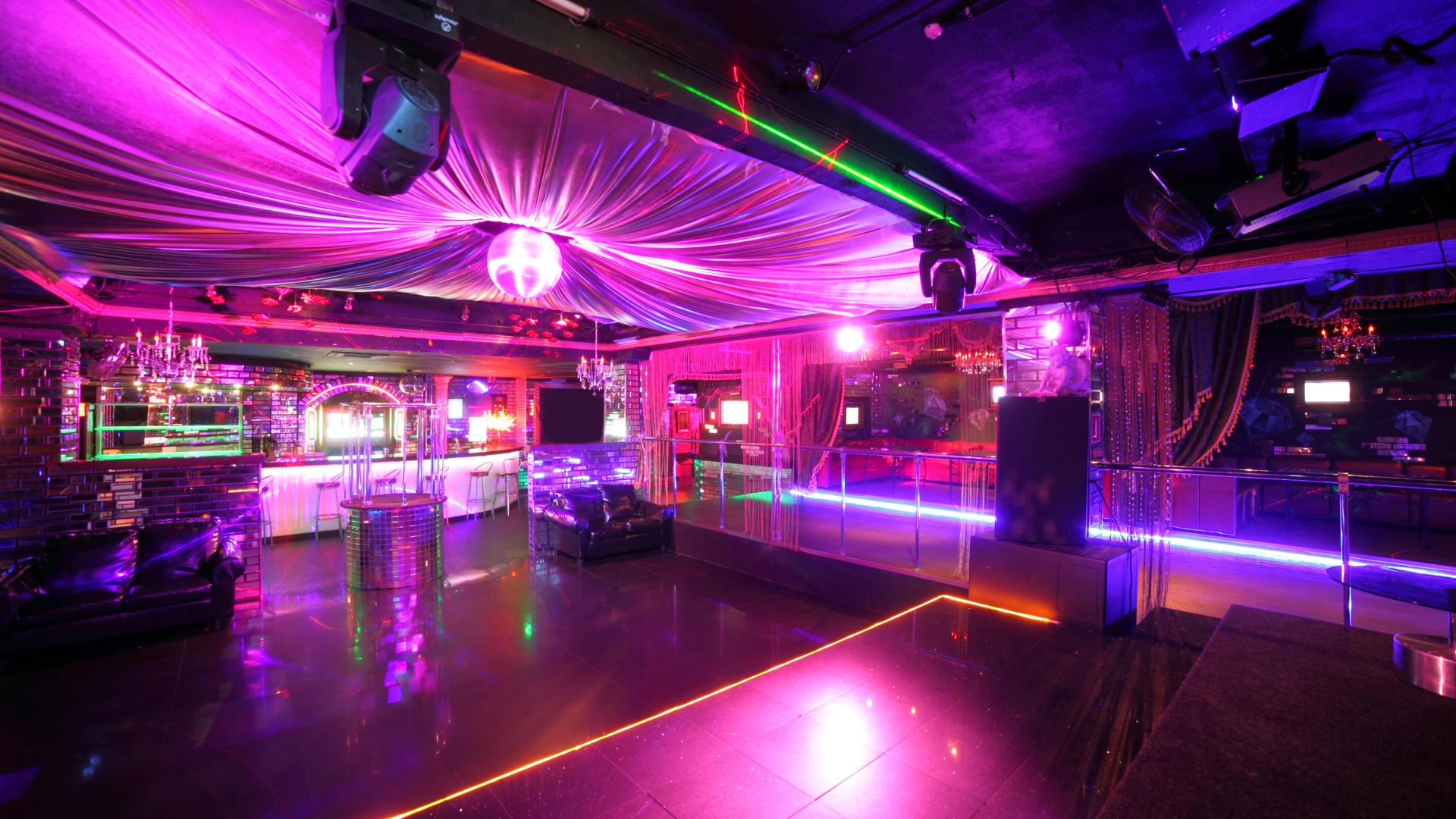Illuminating Innovation Via Shade Theory within LED Dancing Platform Designs
Hue theory is an crucial element of design, especially as it relates to creating light-emitting diode dancing floors. The interaction of colors can significantly affect the mood and vibe of a venue. Through grasping how colors function together, creators can create an environment that enhances the overall experience for participants. This article explores the fundamentals of color principles and its application in light-emitting diode dancing surface layouts.
The main colors are crimson, azure, and golden. These hues cannot be made by mixing other colors together. Secondary colors, such as green, orange, and purple, are formed by combining main hues. Third-level hues are formed by mixing a main hue with a intermediate hue. Grasping these basic connections helps designers select hues that enhance one another and produce a aesthetically appealing display. Combining these hues on an light-emitting diode dancing floor can lead to dynamic and exciting effects that capture the attention of participants.
Color value also holds a key role in design. Colors can be categorized as warm or cool. Hot hues, such as red, orange, and yellow, often to evoke feelings of enthusiasm and heat. In opposition, chill colors like blue, emerald, and violet typically create a calm and tranquil environment. Designers can use these color values to establish the mood for different types of events. For example, a party atmosphere may gain from hot hues that energize the crowd, while a further relaxed occasion might use cool colors to offer a soothing effect.
In addition to color pairings and value, brightness and intensity are essential elements to consider. Brightness denotes to how bright or dark a color looks, while saturation measures the vividness of a color. Vivid, intense colors can create a lively and lively atmosphere, ideal for dancing floors. On the other hand, gentler, less intense hues can create a further subdued atmosphere. Through adjusting brightness and saturation, creators can draw attention to particular sections of the dancing surface or create visual routes, guiding dancers through the venue.
Ultimately, it is crucial check that to consider the psychological impacts of hue in LED dance floor designs. Various hues can evoke various emotions and reactions. For example, red is often linked with passion and energy, while azure can be soothing and peaceful. Understanding these associations enables creators to strategically apply colors to influence the actions of participants. Through incorporating color theory into light-emitting diode dancing floor layouts, creators can enhance the total encounter, rendering it discover this memorable and enjoyable for all participating.